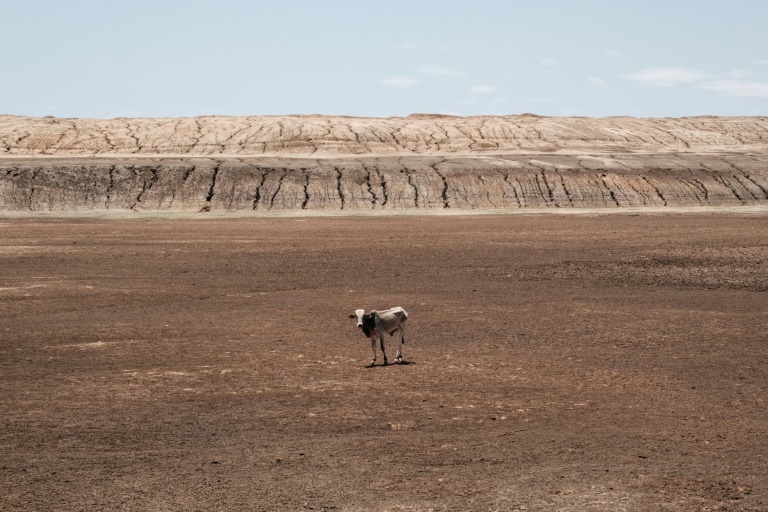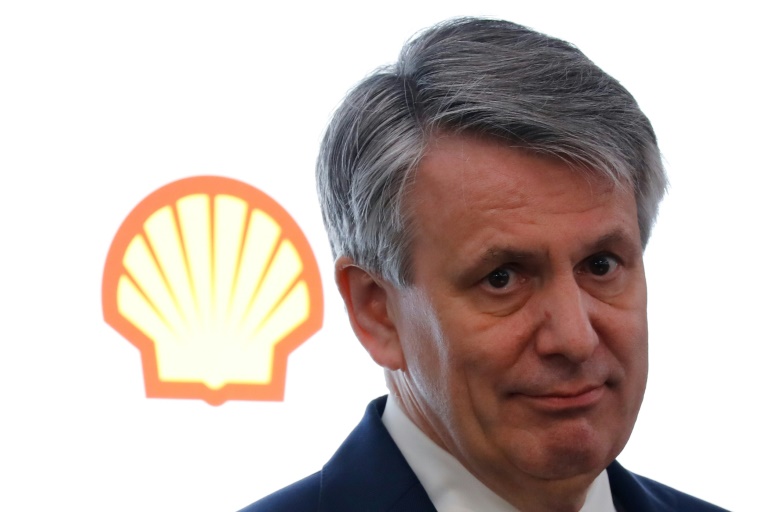New UNICEF ambassador seeks to give louder voice to climate change victims
Ugndan climate activist Vanessa Nakate has been named UNICEF's new Goodwill Ambassador
Ugandan climate activist Vanessa Nakate recently traveled to the drought-ravaged Horn of Africa to hear from children suffering from starvation. The next day she learned that one of the boys she met had died.
It is for such children, whose lives have been shattered by the global climate crisis, that Nakate, UNICEF’s newest Goodwill Ambassador, has set out to make their voices heard.
“I’m hoping to continue doing the same thing to amplify, and really platform, the stories of the children … that are suffering, because of the climate crisis,” Nakate, who is 25, told AFP in an interview.
Inspired by Sweden’s climate crusader Greta Thunberg, several years ago Nakate founded the Rise Up Climate Movement in her native Uganda and has spoken at prestigious international climate events.
On Thursday, she was appointed the newest Goodwill Ambassador for UNICEF, the United Nations’ children’s agency, joining recent high-profile supporters such as actor Priyanka Chopra Jonas, singer Katy Perry and Syrian refugee and education activist Muzoon Almellehan.
“In my journey of activism, I’ve always told myself, and I’ve always believed that every activist has a story to tell,” Nakate said. “And every story has a solution to give and every solution has a life to change.”
The activist says children and women suffer the most from global warming and her mission is make their voices heard — but not to speak on their behalf.
“I cannot say that I can give a voice to anyone, because I believe everyone has their own distinct voice,” she added.
“But the question is, who is listening to what we are saying? Who is paying attention?”
– ‘Roof for all of us’ –
Last week, Nakate visited UNICEF-run hospitals and nutrition centers in Turkana, a Kenyan region in the Horn of Africa hit by devastating drought.
There she witnessed the tragedy firsthand.
“I got to meet many children suffering from severe, acute malnutrition, because of this drought,” Nakate said of the trip. “One of the children that I got to meet that day, I got to learn the following morning that he had passed.”
UNICEF says about half of the world’s children — roughly 1 billion — live in one of 33 countries classified as “extremely high risk” due to climate change impacts.
Scientists say that droughts, floods, storms and heat waves will only get stronger and more frequent due to global warming, and Nakate is frustrated that governments around the world, busy with the war in Ukraine and the Covid-19 pandemic, are not doing enough to save the planet.
“It can be discouraging to see that the world is not paying the attention that it should to climate issues, it can be very frustrating,” said the activist.
“Leaders especially need to understand that Earth is a home for all of us, is like that roof for all of us. And we have to ensure that the entire roof is well and no part is leaking,” Nakate said. “Because any leak in a part of a roof will eventually affect everyone in that house.”










